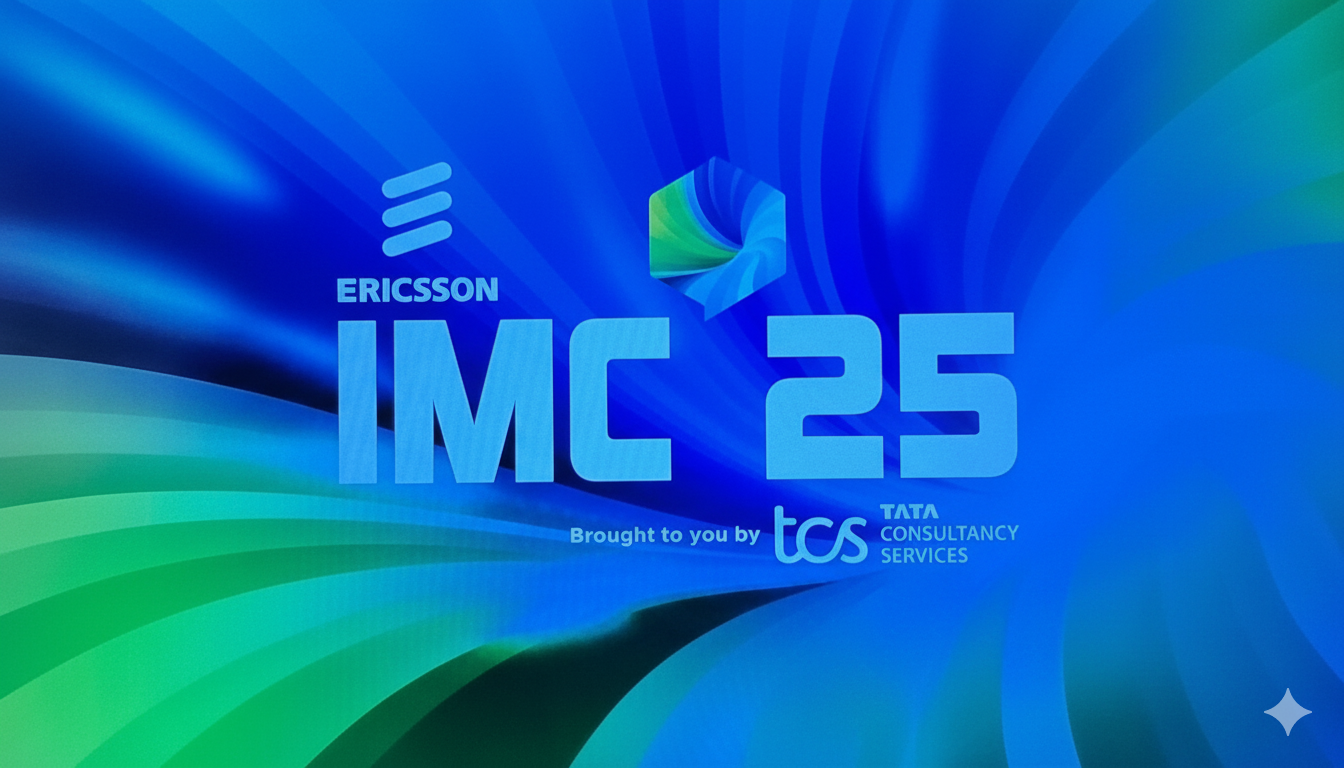- Home
- /
- Courses
- /
- Fundamentals of Web3.0
- /
- B. Blockchain Fundamentals
Introduction
At the heart of Web3.0 lies blockchain, a revolutionary technology that redefines how we store, share, and verify information in a decentralized world. Often described as a digital ledger, blockchain enables trustless interactions, secure transactions, and immutable records without relying on intermediaries like banks or tech giants. From powering cryptocurrencies like Bitcoin to enabling decentralized applications (dApps) on Ethereum, blockchain is the backbone of Web3.0’s vision for a user-centric internet. This chapter delves into the mechanics of blockchain, exploring its structure, cryptographic foundations, consensus mechanisms, and diverse applications. By understanding blockchain’s inner workings, you’ll gain insight into why it’s a cornerstone of the decentralized future and how it empowers Web3.0’s ecosystem.
Imagine a global ledger that no single entity controls, where every transaction is transparent, verifiable, and permanent. This is the promise of blockchain. Whether it’s facilitating peer-to-peer payments, securing digital assets, or enabling self-governing organizations, blockchain’s impact extends far beyond finance. In this chapter, we’ll unpack the components of a blockchain, demystify its cryptographic underpinnings, and explore the consensus protocols that keep it secure. We’ll also examine the different types of blockchains and their real-world use cases, setting the stage for deeper explorations of Web3.0 technologies in subsequent chapters.
What is a Blockchain?
A blockchain is a distributed, decentralized ledger that records transactions across a network of computers, known as nodes. Each transaction is grouped into a “block,” which is cryptographically linked to the previous block, forming a chronological “chain.” This structure ensures that once data is added, it cannot be altered without consensus from the network, making blockchains immutable and tamper-resistant.
Structure and Components
A blockchain consists of three core components:
- Blocks: Each block contains a list of transactions, a timestamp, a unique identifier (hash), and a reference to the previous block’s hash. This linking creates the chain’s integrity. For example, in Bitcoin, a block might record multiple cryptocurrency transfers, each verified by the network.
- Nodes: These are computers that maintain a copy of the blockchain and participate in its operation. Nodes can be full nodes (storing the entire blockchain) or light nodes (storing only recent data). In Ethereum, thousands of nodes worldwide ensure the network’s resilience.
- Chain: The sequence of blocks, linked through cryptographic hashes, forms the blockchain. Altering any block requires changing all subsequent blocks, which is computationally infeasible in a decentralized network.
This structure makes blockchains transparent (anyone can view the ledger), secure (tampering is nearly impossible), and decentralized (no single point of failure). For instance, Ethereum’s blockchain records every transaction, from token transfers to smart contract executions, accessible via tools like Etherscan.
Cryptographic Foundations
Blockchain’s security relies on advanced cryptography, ensuring data integrity, authenticity, and confidentiality. Three cryptographic concepts are central to its operation:
Hashing
Hashing transforms data into a fixed-length string of characters, known as a hash, using algorithms like SHA-256 (used in Bitcoin). Hashes are unique to the input data, meaning even a tiny change produces a completely different hash. In blockchains, hashes link blocks together and secure transaction data. For example, a block’s hash incorporates its transactions and the previous block’s hash, ensuring the chain’s immutability.
Public/Private Key Cryptography
Public/private key pairs enable secure transactions and identity verification. A public key is like an address, visible to everyone, while a private key is a secret password known only to the owner. Users sign transactions with their private key, and others verify them using the corresponding public key. For instance, when Alice sends Bob 1 ETH, she signs the transaction with her private key, and the network verifies it using her public key, ensuring authenticity without revealing her private key.
Digital Signatures
Digital signatures combine hashing and public/private key cryptography to prove a transaction’s origin and integrity. When a user signs a transaction, the data is hashed, and the hash is encrypted with their private key. The recipient decrypts it with the sender’s public key, confirming the transaction hasn’t been altered. This mechanism underpins blockchain’s trustlessness, as no intermediary is needed to validate transactions.
Consensus Mechanisms
Blockchains rely on consensus mechanisms to ensure all nodes agree on the ledger’s state without a central authority. These protocols prevent double-spending, fraud, and network disagreements. The two most prominent mechanisms are Proof of Work (PoW) and Proof of Stake (PoS), with others like Delegated Proof of Stake (DPoS) gaining traction.
Proof of Work (PoW)
In PoW, nodes (called miners) compete to solve complex mathematical puzzles to validate transactions and add a new block. The first miner to solve the puzzle broadcasts the block, and other nodes verify it. PoW is energy-intensive but highly secure, as it requires significant computational power to attack the network. Bitcoin and pre-2022 Ethereum used PoW. For example, Bitcoin miners use specialized hardware to solve puzzles, earning rewards in BTC.
Proof of Stake (PoS)
PoS selects validators based on the amount of cryptocurrency they “stake” as collateral. Validators are chosen randomly (weighted by their stake) to propose and validate blocks. PoS is more energy-efficient than PoW, making it popular for modern blockchains like Ethereum (post-2022) and Cardano. For instance, in Ethereum’s PoS, validators lock up ETH to participate, earning rewards for honest behavior but risking their stake for malicious actions.
Delegated Proof of Stake (DPoS)
DPoS allows token holders to vote for a small group of delegates who validate transactions. This increases scalability but sacrifices some decentralization. Blockchains like EOS and Tezos use DPoS. For example, in EOS, users vote for 21 block producers, streamlining consensus while maintaining community governance.
Each mechanism balances security, scalability, and decentralization differently. PoW prioritizes security, PoS emphasizes efficiency, and DPoS enhances speed, making them suited to different blockchain use cases.
Types of Blockchains
Blockchains vary in structure and purpose, broadly categorized into three types:
Public Blockchains
Public blockchains, like Bitcoin and Ethereum, are open to anyone. Anyone can join as a node, validate transactions, or develop applications. They prioritize decentralization and transparency, but can face scalability challenges. For example, Ethereum’s public blockchain supports thousands of dApps, from DeFi platforms to NFT marketplaces.
Private Blockchains
Private blockchains are restricted to specific participants, often used by enterprises for internal processes. They offer faster transactions and greater control but sacrifice decentralization. Hyperledger Fabric, used by companies like IBM for supply chain management, is a private blockchain example.
Consortium Blockchains
Consortium blockchains are hybrids, managed by a group of organizations. They balance decentralization and efficiency, making them ideal for industries like finance or healthcare. R3 Corda, used by banks for secure transactions, is a consortium blockchain. For instance, a group of hospitals might use a consortium blockchain to share patient records securely.
Each type serves different needs, with public blockchains driving Web3.0’s open ecosystem and private/consortium blockchains supporting enterprise use cases.
Blockchain Use Cases Beyond Cryptocurrency
While cryptocurrencies like Bitcoin brought blockchain to prominence, its applications extend far beyond finance. Here are some transformative use cases:
- Supply Chain Management: Blockchains ensure transparency in supply chains by tracking goods from origin to consumer. For example, IBM’s Food Trust blockchain traces food products, reducing fraud and ensuring quality.
- Healthcare: Decentralized ledgers secure patient records, enabling interoperability while protecting privacy. MediLedger, a blockchain platform, streamlines pharmaceutical supply chains.
- Digital Identity: Blockchain-based identity systems allow users to control their personal data. uPort, built on Ethereum, enables self-sovereign identities, reducing reliance on centralized databases.
- Voting Systems: Blockchain can secure elections by ensuring transparent, tamper-proof voting. Voatz, a blockchain-based voting platform, has been piloted in small-scale elections.
- Smart Contracts: Beyond finance, smart contracts automate processes like real estate transfers or insurance claims. For instance, a smart contract could release insurance payouts automatically when weather data confirms a natural disaster.
These use cases demonstrate blockchain’s versatility, making it a foundational technology for Web3.0’s decentralized applications.
Challenges and Future Directions
Despite its potential, blockchain faces challenges that must be addressed for widespread adoption:
- Scalability: Public blockchains like Ethereum process fewer transactions per second than centralized systems like Visa. Layer 2 solutions, such as rollups, are addressing this.
- Energy Consumption: PoW blockchains consume significant energy, though PoS and greener protocols are gaining traction.
- Regulatory Uncertainty: Governments are still defining how to regulate blockchains, particularly in finance and data privacy.
- Usability: Interacting with blockchains requires technical knowledge, though tools like MetaMask are simplifying the experience.
Looking ahead, advancements like Ethereum’s sharding, zero-knowledge proofs, and cross-chain interoperability (e.g., Polkadot) promise to enhance blockchain’s scalability and functionality, cementing its role in Web3.0.
Recommended Readings
To deepen your understanding of blockchain, explore these authoritative resources:
- “Mastering Bitcoin” by Andreas M. Antonopoulos: A definitive guide to Bitcoin’s blockchain, covering its technical foundations and broader implications.
- “Blockchain Basics” by Daniel Drescher: A beginner-friendly introduction to blockchain concepts, with clear explanations of its structure and mechanics.
- Bitcoin Whitepaper by Satoshi Nakamoto: The original 2008 paper introducing Bitcoin and the concept of a decentralized ledger.
- “The Basics of Bitcoins and Blockchains” by Antony Lewis: A comprehensive overview of blockchain technology, with practical examples and insights.
- Ethereum.org Documentation: A rich resource for understanding Ethereum’s blockchain, including consensus mechanisms and use cases.
Conclusion
Blockchain is the bedrock of Web3.0, enabling a decentralized, trustless, and transparent internet. Its structure—blocks, nodes, and chains—combined with cryptographic security and consensus mechanisms, ensures reliability without intermediaries. From public blockchains driving dApps to private blockchains transforming industries, this technology is reshaping how we interact with digital systems. While challenges like scalability and energy use persist, ongoing innovations are paving the way for broader adoption. As we move forward in this book, we’ll explore how blockchain powers smart contracts, dApps, and other Web3.0 components, building on the fundamentals covered here. By mastering blockchain, you’re unlocking the key to Web3.0’s transformative potential.











